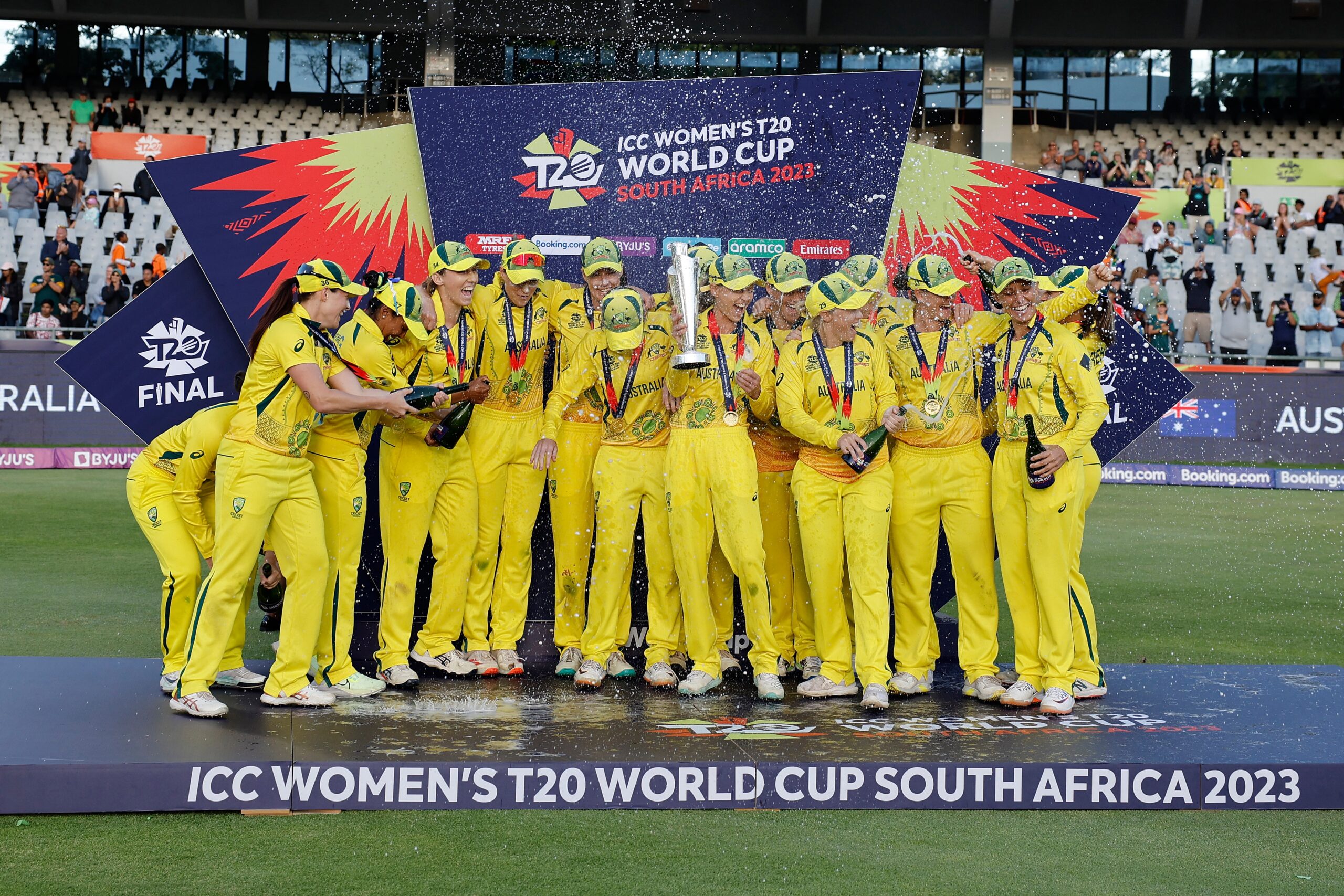Corneal blindness is a major cause of blindness in India
The International Agency for Prevention of Blindness (IAPB) marks every second Thursday of October, which falls on October 14 this year, as World Sight Day. The aim is to increase awareness and support efforts to ensure everyone across the world can benefit from vision. This includes offering eyeglasses to those who need them, treating the damaged parts of the eye, say, by replacing an opacified lens in the eye (a cataract), or offering corneal transplants to restore vision. Corneal blindness is a major cause of blindness in India. A corneal transplant involves restoring vision to an individual with a damaged cornea by using healthy tissue from a donor. However, many factors impact the long-term success of such grafts: the quality of the donor tissue, the kind of corneal condition, and crucially, long-term follow-up care.
The cornea is a thin, clear, dome-shaped tissue layer of the eye that covers the pupil and iris. Corneal tissue is specialised to remain transparent, so that it bends the light inwards towards the retina in the back, which has photo-receptor cells that help us see. If the cornea is damaged due to any reason, it loses this ability to refract and let in light, and a person loses vision. The only means of restoring vision is through corneal transplant.
An Austrian ophthalmologist, Dr E K Zim, did the first human corneal transplant from a donor eye in 1905. In India, the first transplant was performed by Dr Muthiah in 1948 from his eye bank in Chennai, and Dr R P Dhonda of Indore managed to make the first successful corneal transplant in 1960. Since then, the sophistication and success rates of corneal transplants have grown in leaps and bounds. The clear corneal tissue itself can be divided into six layers, and today’s surgeons can transplant just a specific lamellar sub-layer instead of the whole cornea. These surgeries allow for faster recovery and reduce the chances of immune rejection after a transplant.
All these features make corneal transplants an easy choice. However, over a million people in India are estimated to be impaired due to corneal blindness. It is the main cause of blindness in people less than 50 years of age, according to the National Programme for the Control of Blindness and Visual Impairment. For years now, India has had an informal target of achieving an annual rate of 1,00,000 corneal transplants. We are far short of this rate. Tissues like the cornea can only be donated after the death of a person. Of the millions of deaths recorded in India, a small percentage are eligible for corneal donation. However, we do not currently receive corneas from all eligible donors, especially because of procedural delays and consent laws.
To address this lacuna, the government is considering a modification to the Transplantation of Human Organs Act, 1994 (THOA) allowing ‘presumed consent’. This means, all eligible donors are presumed to have given their consent. However, presumed consent must not be draconian, it needs to also include formal permission from the family to ensure social acceptance — a ‘soft’ opt-in.
A gracious donation, a diligent recipient who follows-up with care, and a system that enables them both is the need of the hour. It is important then that the government’s slogan: ‘Netra Daan’ is in synchrony with the motto of ophthalmologists: ‘Pashyantu Sarve Janah,’ bolstered with consent from the family: ‘Sammati Parivarasya.’
(The article was written in collaboration with Tejah Balantrapu, Associate Director – Science, Health Data and Story Telling at L.V. Prasad Eye Institute)
Published – November 16, 2024 09:15 pm IST










